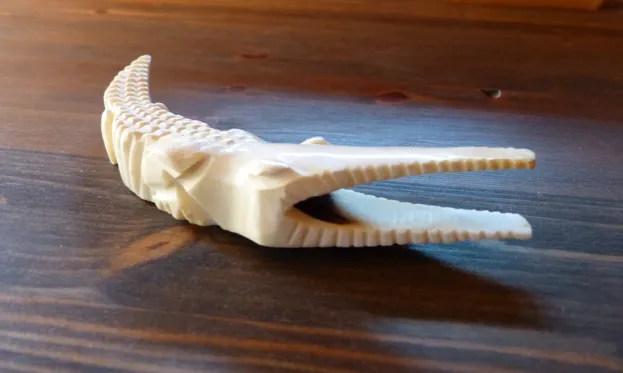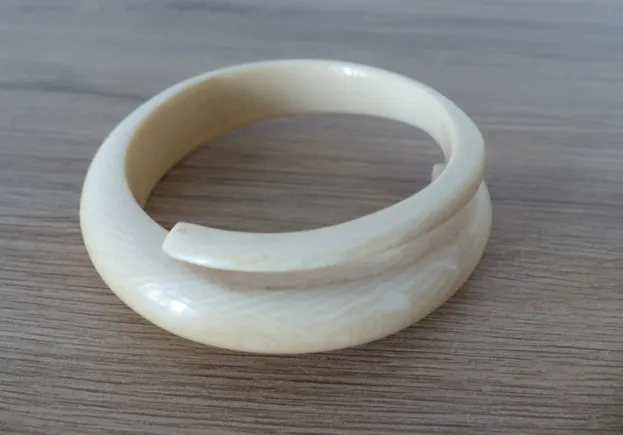Ivory items bought from a range of countries in Europe have been tested by the environmental group Avaaz and exposed to be modern ivory.
The ivory pieces were all advertised with either no date or predating 1947, but more than 47 per cent were found to be from after this year.
The date of 1947 is key as ivory is considered to be antique if it originates before then, and can be traded.
Bert Wander from Avaaz told BBC News, "I'm looking at the trinkets we bought on my desk, and to think that an elephant with all the things we are learning about them, about their cognition and their advanced societies, and to think that one of them has died for this bracelet I'm holding now, it makes you sick to your stomach."

A sample of 109 ivory items were bought via antique dealers and private sellers, and then dated at the University of Oxford, to test the statements from European officials that there is no evidence of the legal ivory trade providing cover for illegal ivory.
When dating items, researchers are able to identify when the ivory was grown by the elephant, rather than when the animal was killed.
One ivory item was dated from 2010, which means that the elephant was killed within the last eight years.
The report shows that:
- All items from Bulgaria, Italy and Spain were illegal.
- Many of the items from France, the Netherlands and Portugal were illegal.
- In Belgium and Germany, there were slightly more illegal items.
- In the UK, one fifth of the items were illegal.
- In Ireland, the one item tested was an antique and legally sold.
The new report will likely lead to conservationists calling for a complete ban on the trade of ivory items, including those labelled as antique ivory.
Alongside the sale of ivory within Europe, the EU also exports ivory to Asian markets.

Although elephant poaching has declined in the last few years, it is estimated that 55 elephants are still killed every day.
In addition, rhinos are also poached for their horn and the now Critically Endangered helmeted hornbill is also being targeted for its ‘red ivory’ bill, as increased demand means it beak sells for several times the price of elephant ivory.
The report recommends that “the ban on ivory trading currently being implemented in the UK provides an excellent model that could be adopted by Europe. This outlaws all trade in ivory, with the following exceptions:
- Items comprised less than 10 per cent ivory (by volume) and made before 1947.
- Musical instruments made before 1975 and comprised of less than 20 per cent ivory.
- Rare or important items, at least 100 years old, will be assessed by specialist institutions before exemption permits are issued.
- Specific exemptions for portrait miniatures painted on thin ivory bases and for commercial activity between accredited museums."

